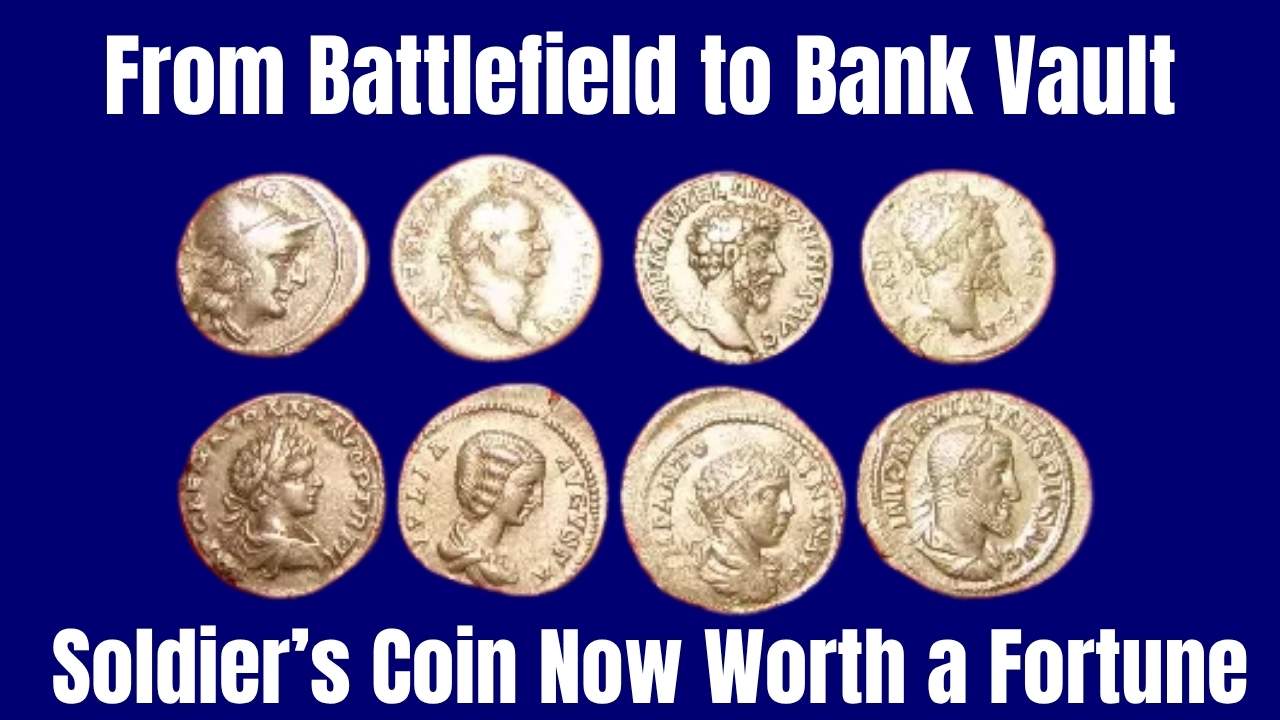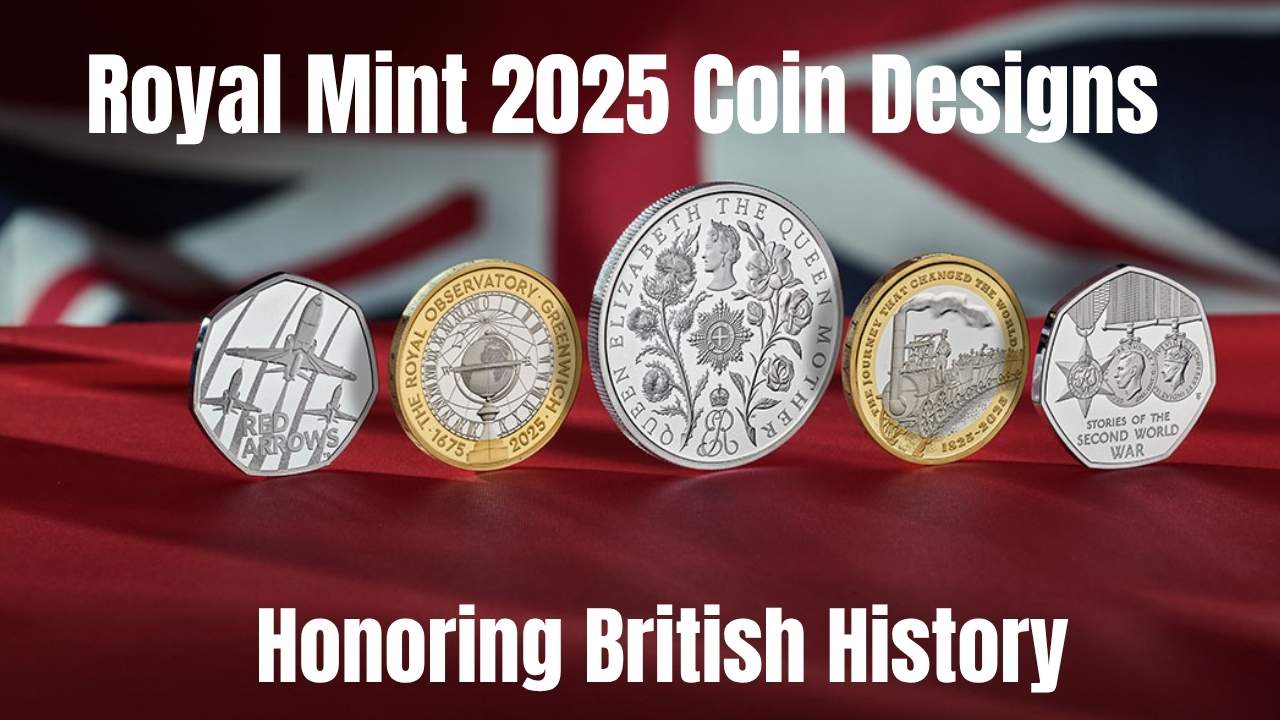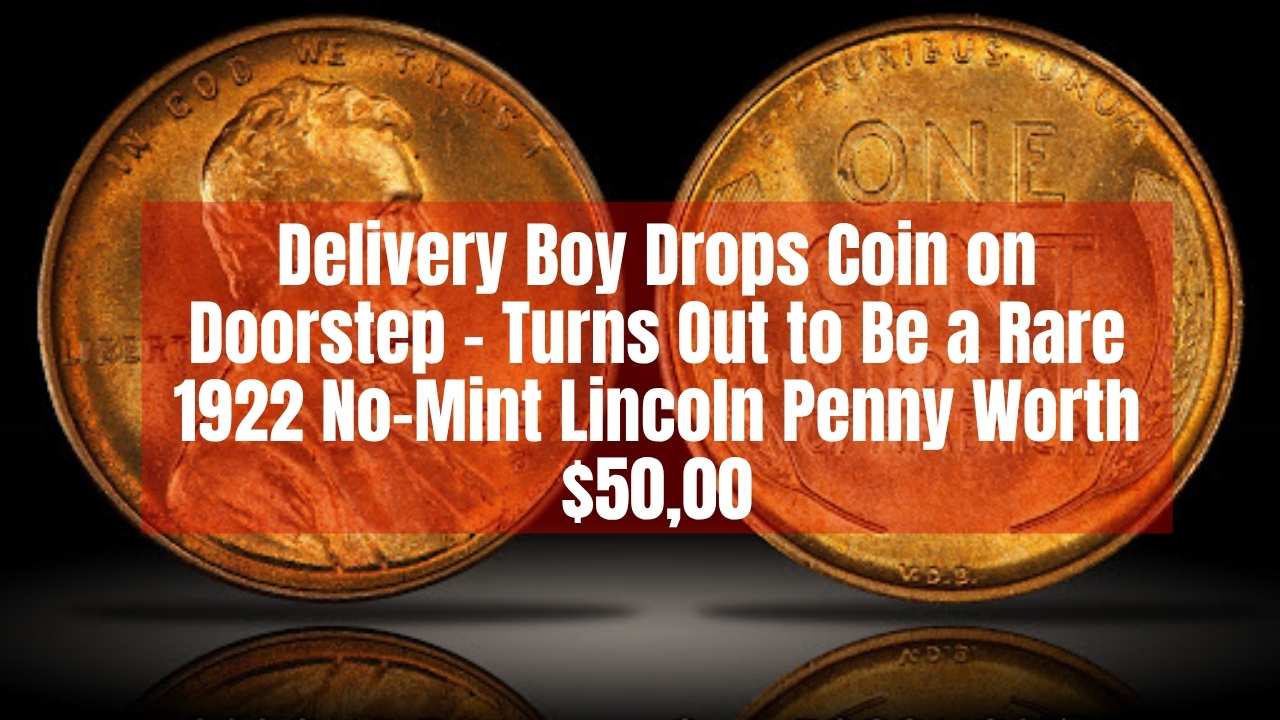Coins have always held more than monetary value. In times of war, they often served as symbols of hope, protection, and identity. From ancient legions to modern wars, soldiers have carried coins into battle for reasons that stretch far beyond currency. Whether engraved with personal details, blessed for good fortune, or passed down by loved ones, these coins became cherished companions in the chaos of war.
Today, what was once gripped tightly in a trembling hand in the trenches may now rest in museum displays or high-security vaults. The journey of these rare pieces—now dubbed soldier’s coin worth a fortune—captures both history and human emotion. In this article, we explore the powerful stories behind battle-worn coins, why they were carried, how they’ve survived, and how they’ve turned into priceless treasures.
Soldier’s Coin Worth a Fortune: A Story of History and Value
The phrase soldier’s coin worth a fortune might sound like a headline, but for many collectors and historians, it’s a reality. Coins that once belonged to warriors have become some of the most valuable items in the numismatic world. These coins are not just rare; they’re deeply personal. Etched with initials, dates, or battlefield names, they act as time capsules linking past sacrifices to present admiration.
Several of these coins have sold for hundreds of thousands—or even millions—at historic auctions. Some were passed down as family heirlooms, others discovered during archaeological digs or in the wreckage of war planes. With each new discovery, the value of soldier’s coins continues to rise, driven by their rarity, personal significance, and the history they represent.
Overview Table: Soldier’s Coins That Became Priceless
| Coin Name | Origin | Estimated Value | Unique Features |
| Roman General’s Gold Coin | Ancient Rome (Turkey Battlefield) | $2 million | Solid gold, pristine, tied to Roman campaign |
| Confederate Half Dollar of 1861 | American Civil War | $960,000 | One of only 4 known, battlefield discovery |
| WWII Pilot’s Silver Coin | U.S. Fighter Plane (Eastern Europe) | $350,000 | Engraved with initials, squadron, “Faith” |
| Trench Coin of the Great War | World War I (France) | $400,000 | Engraved diary entries and battle locations |
| Allied Soldier’s Gold Coin (WWII) | Normandy Invasion (Private Collection) | $3.7 million | Authenticated WWII relic, full documentation |
| Napoleon Soldier’s Coin | Waterloo Battlefield | $2.5 million | Etched farewell message, emotional weight |
| Viking Warrior’s Silver Coin | Scandinavia (Detected Find) | $1.2 million | Elite raider coin, runic symbols, rare silver |
Why Soldiers Carried Coins to Battle
1. Coins as Symbols of Luck and Protection
Throughout history, coins were carried by soldiers for more than economic reasons. Roman legionnaires often held coins marked with deities or family crests as symbols of divine protection. In the World Wars, soldiers received engraved tokens or “challenge coins” as signs of loyalty, honor, and courage. These coins were often kissed before combat, worn around the neck, or hidden inside uniforms for emotional comfort.
2. Coins Used for Identification
Before modern dog tags, coins often served as makeshift ID tags. Soldiers engraved them with names, units, or battle dates. In medieval times, warriors embedded coins into armor as a way to prove origin or allegiance. These markings not only helped with identification but now serve as historic signatures.
Legendary Soldier’s Coins That Made Headlines
1. The Gold Coin of a Roman General
Discovered in present-day Turkey, this coin dates back to the Roman Empire and is believed to have been carried by a general during a major campaign. Its condition and gold content led it to sell for over $2 million at auction.
2. The Confederate Half Dollar of 1861
Only four of these coins exist today. One was found near a Civil War battlefield, likely dropped during combat. Its rarity and connection to American history boosted its value to $960,000.
3. The WWII Pilot’s Silver Coin
This silver coin was found in a downed aircraft in Eastern Europe. Etched with the pilot’s initials and a message of faith, it was verified and sold for $350,000. It now sits in a museum honoring World War II veterans.
4. The Trench Coin of the Great War
Unearthed in France, this engraved French franc listed battle names and the soldier’s own name—essentially a diary in coin form. Collectors now value it at over $400,000 for its storytelling power and condition.
How These Coins Survived Through Time
1. Handed Down as Family Heirlooms
Many valuable soldier’s coins remained hidden for decades in family boxes or drawers. Often accompanied by letters or medals, these coins gain even more value when they come with a personal story or photo, making them priceless to both collectors and historians.
2. Recovered from Forgotten Battlefields
Thanks to modern metal detectors and archaeological digs, many coins have been discovered in trenches, foxholes, and crash sites. Battlefield soil conditions have helped preserve these items, especially in Europe.
3. Mint Errors and Limited Editions Increase Worth
Coins from wartime often have production flaws due to hurried minting or material shortages. Errors like double strikes, off-center prints, or rare metals make these coins especially attractive to collectors.
Historic Auctions That Shook the Numismatic World
1. The Viking Warrior’s Silver Coin
Discovered in Scandinavia, this silver coin featured runes linked to a raiding party. Its silver purity and age helped it earn a record $1.2 million at auction.
2. Napoleon’s Soldier’s Coin
Found in the soil of Waterloo, this French franc included a small etched farewell believed to be from the soldier to his family. Its powerful story helped it fetch $2.5 million.
3. Allied Soldier’s Gold Coin from WWII
Found in a U.S. private collection, this coin was authenticated as part of the Normandy invasion. It sold for $3.7 million, becoming one of the most expensive World War II artifacts ever auctioned.
Tips to Identify a Valuable Soldier’s Coin
If you think you’ve found a soldier’s coin worth a fortune, look for the following signs:
- Engravings: Names, battle dates, initials, or unit codes
- Unusual wear: Evidence of harsh conditions or battlefield use
- Rare minting: From short-lived regimes or war-specific issues
- Documentation: Photos, letters, or medals that link coin to a soldier
- Authentication: Use grading services like PCGS or NGC for verification
Final Thoughts
From ancient battlegrounds to modern bank vaults, the journey of the soldier’s coin worth a fortune is nothing short of extraordinary. Each coin is more than metal—it’s a symbol of sacrifice, courage, and history. Whether tucked away in an old drawer or passed down through generations, that small piece of change could hold a story and a value far greater than anyone expects.
The next time you stumble upon an old coin, take a moment. It could be more than forgotten currency—it could be a forgotten hero’s legacy.















